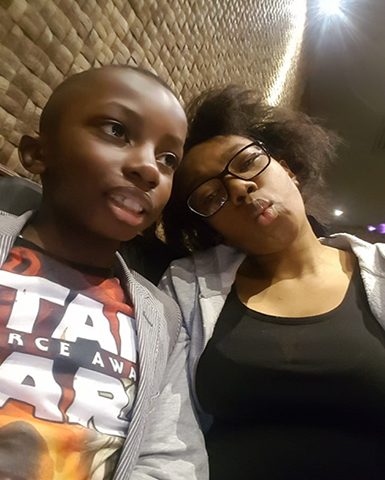-
 Fab2 is a non-profit organisation. Our purpose is to improve quality of life.
Fab2 is a non-profit organisation. Our purpose is to improve quality of life.Every Life Matters. Sickle Life Matters
Learn More -
 Give blood. Save lives
Give blood. Save livesGive a little. Change a lot.
Learn More -
 Drink a lot of water to avoid dehydration
Drink a lot of water to avoid dehydrationWater is Life
Learn More -

Join hands with us
Learn More

About Us

What We Do

Our Projects
Our mission
The mission of Fab2 is to promote human life and a sickle cell free society. Our goal is to prevent or significantly reduce cases of sickle cell disease in the UK and the world, particularly, in sub-Saharan Africa, the primary source of the disease, which records significantly high cases of deaths from the disease.
Our objective
Is to provide relief and succour to sickle cell sufferers, their families and carers, with emphasis in areas where the disease is prominent and there is a high need and inadequate resources. We at Fab2 recognise that our world is a global village and our responsibilities towards one another are interdependent.
Sickle Cell Disease Video
About Sickle Cell Disease
Sickle-cell disease (SCD) is a type of genetic blood disorder or disease inherited from a person’s parents. The most common type is sickle-cell anaemia (SCA). The condition occurs as a result of an abnormality in the haemoglobin (the oxygen-carrying protein) found in red blood cells. It is a disorder, where the body produces abnormally shaped red blood cells, shaped like a half moon or crescent. (Imagine or picture a half doughnut or banana). Because of their abnormal shape, the cells can often get stuck in the blood vessels and block the normal blood flow or passage. The cells also do not carry enough oxygen for the body and do not last as long as normal (round shaped) red blood cells.
Sickle cell disease problems often begin from around the ages of 3 to 6 months and the average life expectancy of sufferers in the developed world is between 40 and 60 years. Life expectancy reduces considerably in less developed countries, especially in countries lacking good health infrastructure. The condition affects mainly black people, especially, of African and Caribbean origin, where the disease is prominent.




